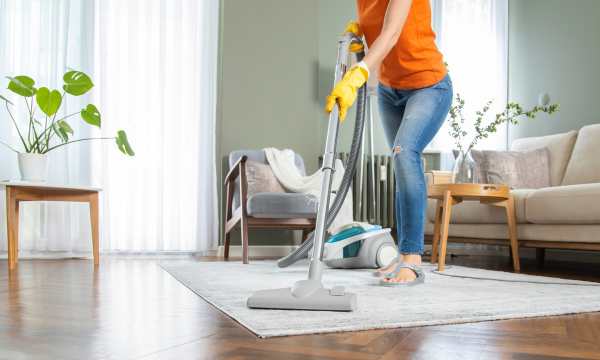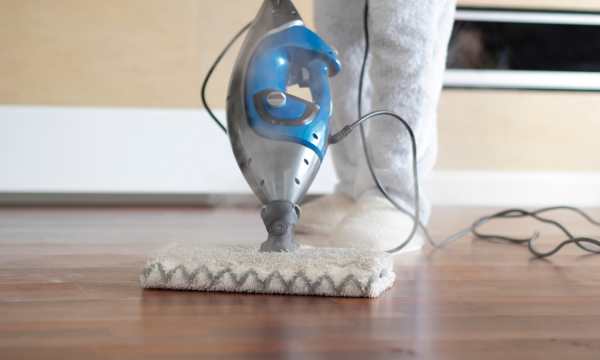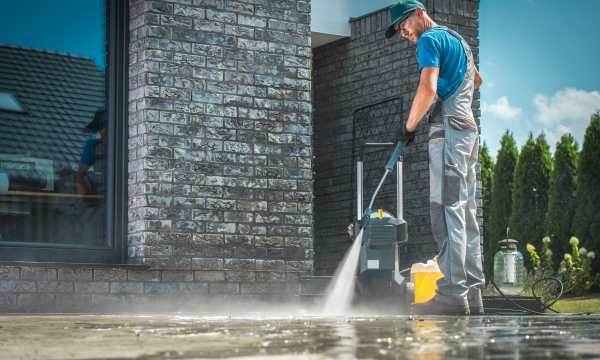Quick Fixes for a Non-Functional Vacuum
It can be annoying to keep your home clean and healthy if your vacuum cleaner isn’t working.
Ad
When your vacuum cleaner suddenly stops working or has speed problems, you need to quickly identify and fix the problem. In this guide, you’ll find some quick fixes to common vacuum problems that will help you get your vacuum up and running again without having to call a professional.
1. Check the Power Supply:
Make sure the vacuum cleaner is fully seated. The power cord may not always be fully connected or not properly connected. Plug it into a different outlet to ensure you don’t experience any electrical problems.
Ad
2. Check the Power Button:
Make sure the vacuum’s power switch is in the “on” position. Switches sometimes become loose or damaged, causing the power to turn off. If necessary, repair loose screws or consider purchasing a new switch.
3. Cleaning Filter and Hose:
A clogged hose or filter is a common reason why a vacuum cleaner won’t work. Remove the hose and look for any blockages. Check the filter for dirt and other debris in the same way. Clean or repair both as necessary.
4. Empty the Dustbin or Vacuum Bag:
A vacuum cleaner that does not use a bag can lose suction if the waste is too full. Empty your trash bin regularly to keep it looking its best. If your vacuum cleaner has a bag, make sure the bag is not full and replace it if it is.
5. Check the Brush Roll:
Over time, hair, lint, and other debris can build up on the brush roll, which is located at the bottom of your vacuum cleaner. Turn off the vacuum cleaner, turn it over and remove any kinks from the brush. This simple step can improve stress.
6. Check Your Belt:
Check the belt that moves the brush roll. If the belt breaks or is too loose, the vacuum cleaner will be less useful. If the belt needs to be replaced, follow the manufacturer’s instructions.
7. To Change Altitude Settings:
If your vacuum cleaner has settings that allow you to change the height of different types of floors, make sure these are set correctly. Using the wrong height setting can reduce efficiency. Adjust the height depending on the floor you want to clean.
8. Check the Engine:
Beware of strange noises coming from the engine. Grinding or squeaking noises can indicate that something is wrong with the engine. If you think there is a problem, contact the manufacturer or an experienced technician.
9. Check the Rods and Fittings for Blockages:
Remove walls and other equipment to find blocks. Sometimes dirt and other stuff can build up in these areas, causing pressure to decrease. Remove any obstacles and reattach the components securely.
10. Check the Power Cord:
Check the power cord for visible damage, such as cuts or broken wires. If the power cord is damaged, it can be dangerous and the vacuum cleaner will not work properly. If problems are found, follow safety rules and replace the power cord.
11. To Reset the Thermal Overload Switch:
Some vacuum cleaners have a thermal overload switch that shuts off the motor if it gets too hot. If your vacuum suddenly stops working, let it cool and look for a button that says “Reset.” To restart the vacuum cleaner, press the button.
12. Clean or Replace Exhaust Filter:
People often forget to check the exhaust filter, but if it is clogged it can cut off oxygen. To ensure adequate airflow, clean or replace the filter according to the manufacturer’s instructions.
13. Test with a Different Outlet:
By plugging the vacuum cleaner into a different electrical outlet, you can eliminate the possibility of a damaged power supply. If the vacuum cleaner is operating from several sources, the first source may need to be checked or repaired.
14. View the User Manual:
Consult your vacuum’s owner’s manual for specific maintenance and troubleshooting tips. Manufacturers often provide useful advice on how to deal with common problems.
Conclusion
Usually, quick and easy solutions can be found by taking a structured approach to researching and solving common Hoover problems. If your vacuum cleaner isn’t working, you can get it running again by checking the power source, clearing any blockages, and performing regular maintenance. Remember to follow safety rules and consult your vacuum’s owner’s manual for specific information about your model.
FAQs
1. My vacuum suddenly stopped working. What should I check first?
First look at the diet. Check whether the vacuum cleaner is connected correctly and try a different socket. If the power switch is loose, tighten it or consider purchasing a new one.
2. My vacuum cleaner no longer pulls. Why does this happen?
Clogged pipes or filters are usually the cause of suction loss. Clean the hoses, clean or replace the filters and ensure that the vacuum cleaner bag or waste is not full.
3. The brush roll does not move. How do I do this?
Turn off the vacuum cleaner, turn it over and inspect the brush rollers for stuck dirt or dust. If the belt is loose or broken, follow the manufacturer’s guidelines for replacement. Clear any obstacles in your way.
4. How often should I empty the trash or buy a new vacuum cleaner bag?
If you want the best performance from your bagless vacuum cleaner, you need to empty the dustbin regularly. If your vacuum cleaner has a bag, replace the bag when it is full. An overfull bag reduces the effectiveness of your vacuum cleaner.
5. The vacuum cleaner makes strange noises. What could go wrong?
Strange noises, such as grinding or squeaking, can indicate that something is wrong with the engine. If you think there is a problem with your engine, you should contact the manufacturer or a professional technician.
6. Why do you need to change the height setting of your vacuum cleaner?
Each type of floor is available in different height options. Using the wrong selection can slow things down. For best results, adjust the height to suit the floor you want to clean.
 Choosing the Right Vacuum Cleaner
Choosing the Right Vacuum Cleaner
An important thing you can do to keep your home healthy and comfortable is to keep it […]
More Resolving Common Steam Mop Issues
Resolving Common Steam Mop Issues
Steam mops have become a popular household cleaning tool because they work so well at cleaning and […]
More The Ultimate Guide to Pressure Washers
The Ultimate Guide to Pressure Washers
Homeowners and workers alike cannot live without pressure washers, as they clean a variety of surfaces quickly […]
More